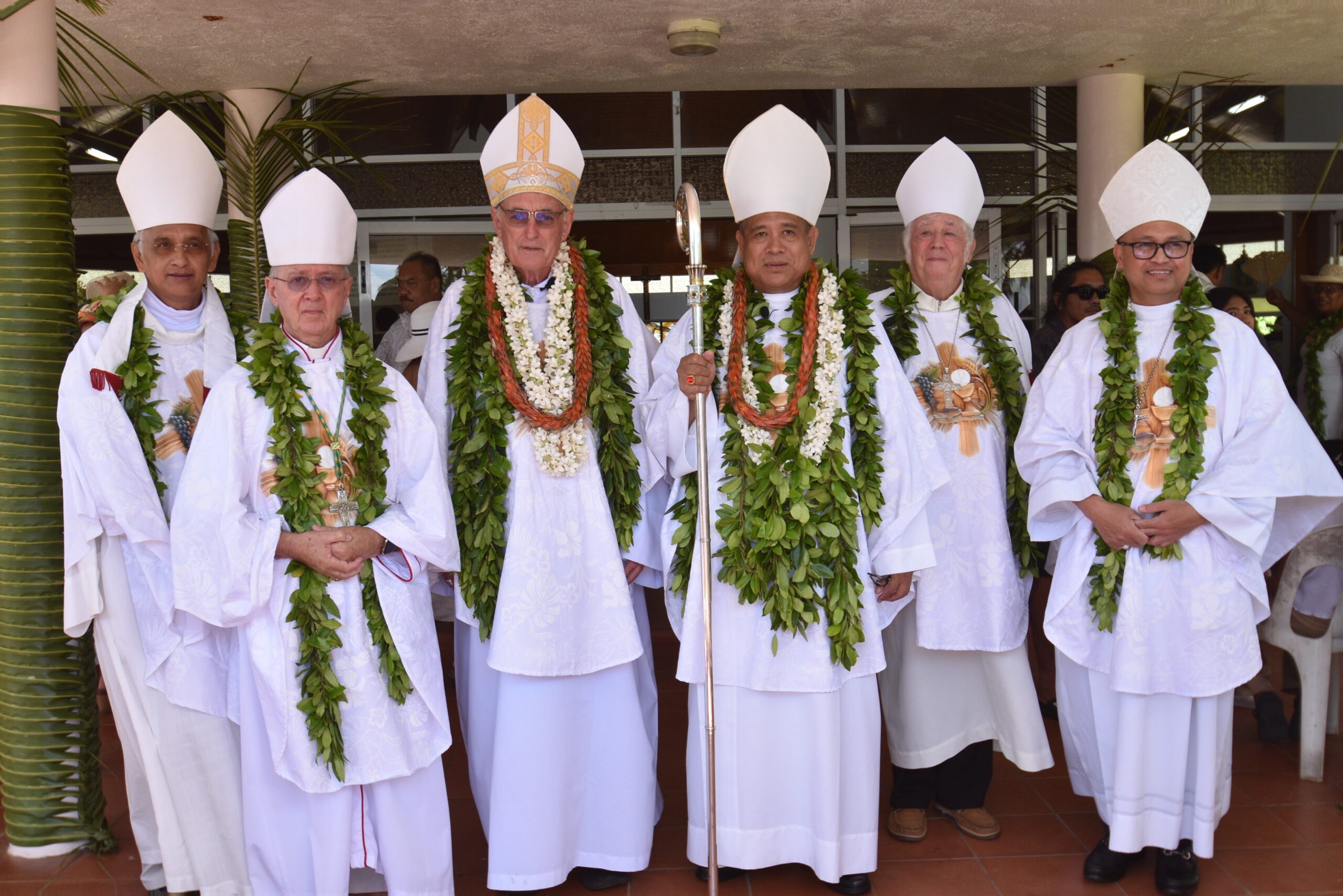Thomas Wynne: ‘Broken vessels’: Gospel messengers to Cook Islands
Saturday 22 July 2023 | Written by Thomas Tarurongo Wynne | Published in Editorials, Opinion

Columnist Thomas Tarurongo Wynne. Photo: CI NEWS/16040843
Although much has been said by historians in this paper on the missionising of the Cook Islands, the missionaries’ journals and writings paint a picture much broader and more challenging than the compliant and instantly converted narrative we are often told, writes Thomas Tarurongo Wynne.
As we celebrate 200 years of the Gospel coming to the Cook Islands, it’s clear driving around Rarotonga alone, that church buildings have benefitted greatly from a renewed paint job, new windows, new doors and large new monuments and plaques, adorning the front of palaces and halls. Monuments that commemorate the arrival of men and women, who according to their writings, and the writing of historian Howard Henry, brought this new and transformative message to what we now know as the Cook Islands.
Countless thousands, if not now millions of dollars have been collected and spent over the past two years, with money given from our Māori Cook Islands communities in New Zealand and Australia, many of which will never see the fruit of their gift or labour which contributed to these new monuments or church buildings.
Many will never sit in the new church pews or look up to the grandeur of glistening chandeliers.
Names like John Williams, Papeiha and respective Ariki have been central to our Gospel narrative, but how well do we know of the two missionary teachers who came after them, Reverend Aaron Buzacott who arrived at Rarotonga on February 16, 1828 and whose informative plaque now sits outside the Avarua Cook Islands Christian Church, and Rev Charles Pitman who arrived with his wife in 1827.
Though much has been said by historians in this paper on the missionising of the Cook Islands, the missionaries’ journals and writings paint a picture much broader and more challenging than the compliant and instantly converted narrative we are often told.
After Pitman’s arrival in 1827 he was soon forced to conclude that much of what had passed for missionising in the years between 1823 and 1827 was in fact valueless.
Although the chapels were full on Sundays and Sunday school was popular with the children, nonetheless most of the people, noted Pitman on November 6, 1827, “manifest a total indifference to divine truth”.
Pitman takes up the same theme on July 10, 1828 saying – “Pray for us ... that God would pour out His Spirit upon this New Mission and convince the people of sin —I am sorry to say that deep heartfelt sorrow for sin seems to be but little understood among the South Sea Islanders.”
Trying to diagnose the difficulties faced by these new missionaries to real heartfelt conversion, and not just the conversion of fear and compliance, Pitman concludes that the failure of the mission has been due to two failures of the native teachers. First, says Pitman, Williams’s account was far too rosy because he relied solely on the native teachers’ statements.
The teachers baptised indiscriminately and, as Buzacott informs us in June 1833, who even used the “akara” or native policemen to round up people and force them to attend on the Bourne during his 1825 visit, so that the latter might have extra hordes for baptism, even though not one of the hundreds so baptised “had anything like a scriptural knowledge of that solemn rite”.
Secondly, said Pitman, the natives soon learned to distrust the native teachers because of their assumption of secular power.
“In many things they have erred,” writes Pitman on November 6, 1827, “and in none perhaps so much as in exercising undue authority over the people, as even the chiefs of the island are afraid of them.”
How then does that fit with our narrative of compliant converts faced with moral blue laws that endeavored to beat the new message into our hearts with fear and retribution.
One of the chiefs in private conversation said to Pitman, “and I could scarcely refrain from weeping, that they were more happy in their heathenish state, than since the Word of God came to them, alluding to the manner in which they had been treated by the Native Teachers”. (December19,1827)
This commentary was not written to tarnish the image of our Gospel traditions, rather to add a human element to the broken vessels who in the context of their work struggled as we all do in our walk with the divine and to reflect a life worthy of the Gospel that we celebrate today.
I can’t help but wonder if those same men would appreciate the large monuments we build to their names, rather than the creator who they served and his message.
That we would instead paint white the walls of our hearts with his word rather than limestone, refit the windows of our eyes rather than metal joinery, to see and heal the broken in our communities and celebrate a message of a man that poured his life out so we all could drink of it – that for me is the good news.









































